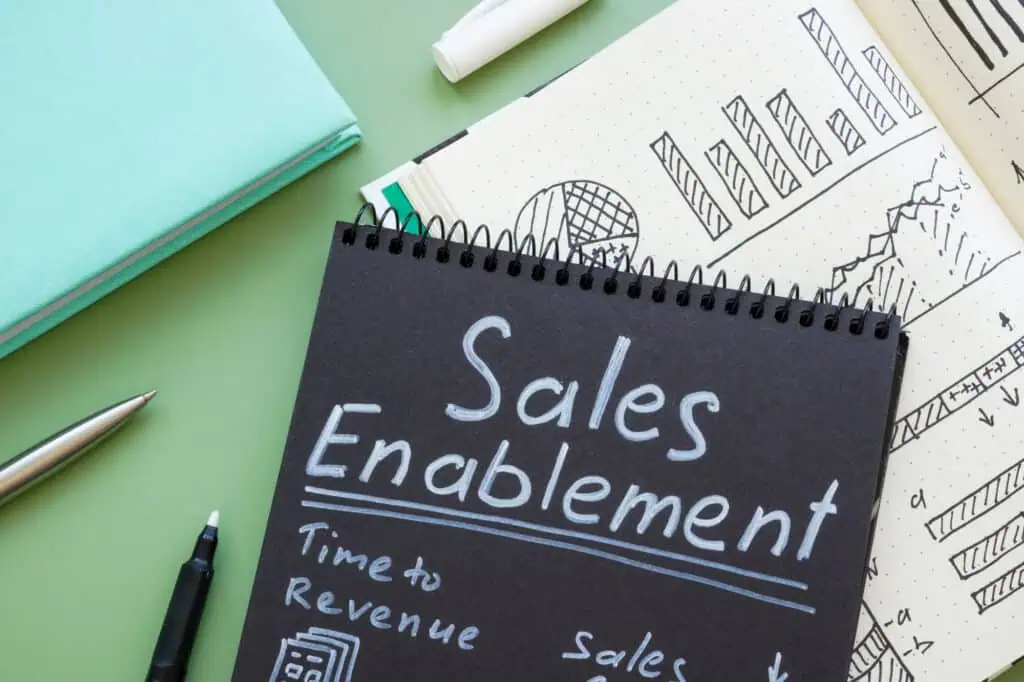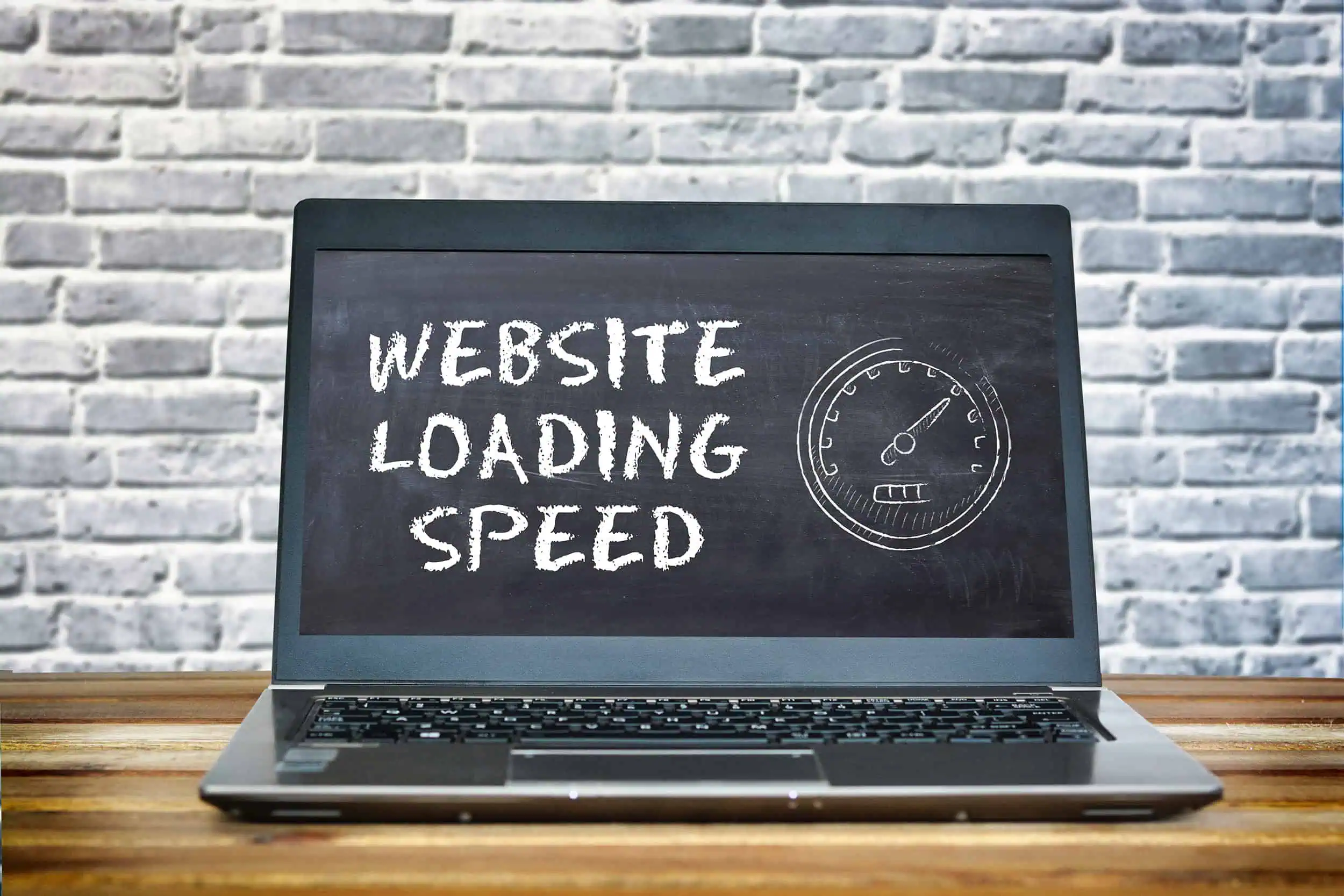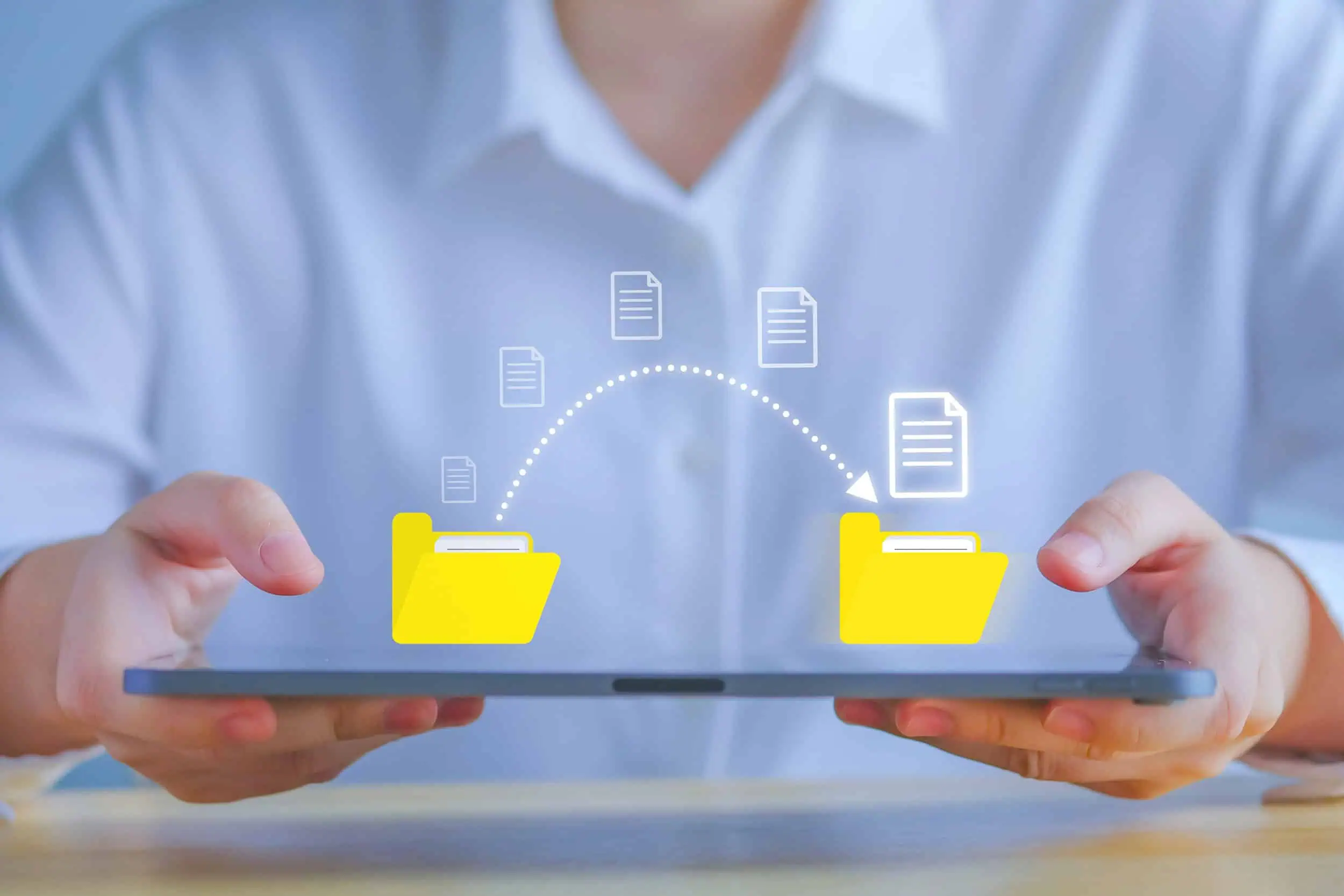In today’s dynamic business landscape, traditional sales methods are rapidly evolving. Companies are shifting toward frictionless selling—a strategy that streamlines the customer journey and optimizes every interaction from first contact to post-purchase support. This long-form guide explores the principles of frictionless selling, details its key components, and provides actionable strategies to overcome challenges. Whether you’re a sales leader, marketer, or business owner, this comprehensive resource will help you build a customer-centric sales culture that drives growth and enhances competitive advantage.
Understanding Frictionless Selling
What Is Frictionless Selling?
Frictionless selling is a modern sales approach that minimizes obstacles throughout the customer journey. The concept is simple: remove all barriers that slow down or complicate the buying process. By streamlining interactions, businesses ensure that customers can navigate from awareness to purchase with ease. This method is especially crucial in B2B sales environments where decision-making processes are often multi-layered and complex.
Key benefits include:
- Faster decision-making: With fewer hurdles, customers can make purchasing decisions more quickly.
- Enhanced customer satisfaction: A smooth, intuitive buying experience builds trust and loyalty.
- Operational efficiency: Reducing friction means lower costs and higher conversion rates.
The Evolution of the Sales Process
Traditional sales funnels often depict a linear progression—from awareness to engagement, evaluation, purchase, and post-purchase support. However, modern buyers don’t always follow a straight path. They may enter or exit at various points, influenced by evolving needs and market trends. Frictionless selling acknowledges this complexity by creating a flexible framework that adapts to the customer’s journey, leveraging data and technology to provide a more personalized experience.
Key Components of a Frictionless Sales Process
A truly frictionless sales process is built on several core components that work in harmony to create a seamless customer experience. Here’s how to optimize each element:
Right Product, Right Price
- Advanced Pricing Technology: Utilize pricing software to analyze market trends and customer segments. This ensures that the products offered are competitively priced and tailored to the needs of specific buyer groups.
- Dynamic Pricing Strategies: Implement strategies that adjust in real-time based on inventory levels, market demand, and customer behavior.
Right Customer, Right Time
- Data-Driven Insights: Leverage customer data to identify buying patterns and determine when prospects are most likely to engage.
- Targeted Outreach: Use segmentation to send personalized offers and messages that resonate with specific customer profiles. This not only improves engagement but also increases the likelihood of a purchase.
Right Incentives
- Attractive Rebate Programs: Design incentive structures that are easy for customers to understand and participate in. Rebates and discounts should be clear, transparent, and offer tangible value.
- Loyalty Programs: Reward repeat customers with benefits that encourage long-term relationships, such as exclusive offers or priority support.
Seamless Multi-Channel Integration
- Unified Experience Across Channels: Whether a customer interacts with your company via direct sales, partners, websites, or e-commerce platforms, the experience should be consistent. A unified strategy ensures that every touchpoint is optimized for a smooth journey.
- Real-Time Data Integration: Keep customer information synchronized across all channels to ensure accurate, up-to-date interactions.
Customer-Centric Transactions
- Simplified Processes: Minimize the number of steps required to complete a purchase. Every process should be evaluated for potential friction points and refined for ease.
- Post-Purchase Support: Extend the frictionless experience beyond the sale. Provide accessible customer service, resources, and opportunities for feedback to maintain ongoing engagement.
The Customer-Centric Sales Culture
Creating a customer-centric sales culture is fundamental to implementing frictionless selling. This approach requires every team member to prioritize the customer’s needs and work collaboratively to enhance the overall buying experience.
Benefits for Companies and Customers
For Companies:
- Increased Efficiency: Streamlined processes reduce operational costs and speed up the sales cycle.
- Higher Conversion Rates: A simplified, intuitive buying journey encourages more prospects to convert into paying customers.
- Enhanced Reputation: Companies that consistently deliver excellent customer experiences build stronger brand loyalty and market credibility.
For Customers:
- Quick, Hassle-Free Transactions: Customers enjoy a smoother buying experience with less time spent navigating complex processes.
- Tailored Interactions: Personalization means customers receive offers and support that meet their unique needs.
- Long-Term Value: A frictionless experience builds trust, leading to repeat business and stronger customer relationships.
Aligning Sales Efforts with Customer Expectations
To truly embrace a customer-centric sales culture, every element of the sales process must be aligned with what the customer values most:
- Speed and Convenience: Modern customers expect rapid responses and minimal delays.
- Personalization: Use customer data to tailor the sales process, ensuring each interaction feels relevant and thoughtful.
- Quality Service: Every touchpoint, from initial contact to post-purchase follow-up, should reflect the company’s commitment to customer satisfaction.
By focusing on these areas, businesses can create a culture that not only meets but exceeds customer expectations, setting the stage for lasting success.
Leveraging Technology for Frictionless Selling
In the digital age, technology is a critical enabler of frictionless selling. The right tools can automate processes, enhance data analysis, and ultimately provide a more personalized customer experience.
Role of CPQ, CRM, and Marketing Automation
- CPQ (Configure Price Quote) Tools: These platforms help sales teams generate accurate quotes quickly by automating pricing calculations and proposal generation. CPQ solutions reduce manual errors and ensure that every quote is competitive and compliant.
- CRM (Customer Relationship Management) Systems: CRMs store valuable customer data and provide insights that can inform every stage of the sales process. Integrating a CRM ensures that all customer interactions are tracked and optimized.
- Marketing Automation Platforms: Automation tools help deliver personalized content and targeted messaging across multiple channels. They are essential for nurturing leads and maintaining engagement throughout the customer journey.
Implementing Frictionless Selling Strategies
Adopting a frictionless selling model requires careful planning and a willingness to embrace change. Here are the key steps to successfully implement this strategy:
Steps to Adopt a Frictionless Sales Model
Understand Your Audience:
- Gather detailed customer insights through data analysis and market research.
- Map the customer journey to identify potential friction points.
Evaluate Current Processes:
- Conduct a thorough audit of your existing sales processes.
- Identify areas where delays or complications frequently occur.
Leverage Technology:
- Invest in tools such as CPQ, CRM, and marketing automation platforms.
- Ensure these systems are integrated to provide a unified view of customer interactions.
Tailor the Sales Process:
- Customize your approach to meet the unique needs of your target audience.
- Use data-driven insights to refine messaging and engagement tactics.
Monitor and Optimize:
- Continuously track performance metrics to gauge the effectiveness of your sales process.
- Solicit feedback from customers and sales teams to identify ongoing improvement opportunities.
Building and Training Your Sales Team
A frictionless selling strategy is only as effective as the team implementing it. Therefore, investing in the training and development of your sales force is crucial.
- Comprehensive Training Programs: Equip your team with the knowledge of new technologies, customer engagement strategies, and data analytics.
- Coaching and Support: Provide ongoing support and mentorship to help your team navigate the transition to a frictionless model.
- Empowerment: Encourage sales representatives to make decisions that enhance the customer experience. A culture of empowerment leads to innovation and continuous improvement.
Overcoming Challenges in Frictionless Selling
While the benefits of frictionless selling are compelling, transitioning to this approach is not without its challenges. Understanding common obstacles and implementing proactive solutions is essential for success.
Common Barriers
- Resistance to Change: Sales teams and organizational cultures may be hesitant to adopt new processes and technologies.
- Departmental Misalignment: Lack of synchronization between sales, marketing, and customer service can lead to fragmented experiences.
- Data Silos: Inadequate integration of customer data across systems can hinder the identification of friction points.
- Outdated Technology: Legacy systems may not support the seamless processes required for frictionless selling.
- Regulatory Complexities: Industry-specific requirements can add layers of complexity to the sales process.
Solutions to Address Friction
- Embrace Cutting-Edge CPQ Tools: Leverage platforms like Vendavo’s CPQ software to automate pricing and rebate calculations, ensuring real-time, accurate data.
- Foster Cross-Departmental Collaboration: Align the goals of sales, marketing, and customer service teams to create a unified, customer-centric approach.
- Invest in Data Integration: Implement technologies that centralize customer data and provide actionable insights.
- Continuous Training: Regular training sessions and workshops can help overcome resistance and ensure all team members are aligned with the new process.
- Strategic Partnerships: Work with technology providers and industry experts to tailor solutions that address your specific regulatory and operational needs.
By addressing these challenges head-on, companies can smooth the transition to a frictionless selling model and unlock significant long-term benefits.
Future Trends and Best Practices
As the marketplace continues to evolve, frictionless selling is set to become even more integral to successful sales strategies. Here are some trends and best practices to watch:
- Increased Personalization: The use of AI and machine learning will further refine personalization strategies, enabling even more targeted and relevant interactions.
- Enhanced Data Analytics: Advanced analytics will provide deeper insights into customer behavior, allowing for continuous process improvements.
- Omnichannel Experiences: The convergence of online and offline channels will lead to even more seamless customer journeys.
- Sustainability and Ethical Selling: As consumers become more socially conscious, integrating sustainability into the sales process will be a competitive differentiator.
- Customer Feedback Loops: Regular feedback will become central to refining the sales process, ensuring that the customer experience remains at the forefront of every strategy.
Adopting these best practices will help your organization stay ahead of the curve and continue delivering frictionless, customer-centric experiences.
Frictionless selling is more than a modern sales tactic—it’s a fundamental shift in how businesses approach customer interactions. By streamlining processes, leveraging technology, and fostering a customer-centric sales culture, companies can eliminate barriers, enhance efficiency, and drive sustained revenue growth. Embracing this approach not only improves conversion rates but also builds long-lasting relationships with customers.
The journey to frictionless selling begins with understanding your audience, assessing your current processes, and implementing technology that supports seamless interactions. Overcoming challenges requires cross-departmental collaboration, ongoing training, and a commitment to continuous improvement. As you move forward, remember that every step you take toward reducing friction is a step toward a more dynamic, responsive, and profitable sales process.
Ready to transform your sales strategy? Embrace frictionless selling today and unlock the full potential of your customer-centric approach. Contact us to see how advanced CPQ and guided selling solutions can propel your business into the future.
Frequently Asked Questions (FAQs)
Q: What exactly is frictionless selling?
A: Frictionless selling is a strategy designed to remove obstacles in the sales process, ensuring that customers experience a smooth, efficient journey from initial awareness to purchase and beyond.
Q: How does frictionless selling benefit B2B companies?
A: For B2B companies, frictionless selling improves operational efficiency, accelerates decision-making, and fosters stronger, longer-lasting customer relationships by tailoring the sales process to modern buying behaviors.
Q: What role does technology play in frictionless selling?
A: Technology is critical for frictionless selling. Tools like CPQ systems, CRM platforms, and marketing automation help streamline processes, personalize interactions, and provide real-time data that drives better decision-making.
Q: How can companies overcome resistance to change when implementing frictionless selling?
A: Successful implementation requires clear communication, comprehensive training, and cross-departmental collaboration. Embracing new technology and fostering a customer-centric culture can also help overcome resistance.
Q: Why is a customer-centric sales culture important?
A: A customer-centric sales culture ensures that every touchpoint adds value to the customer, builds trust, and ultimately drives higher conversion rates and repeat business.




